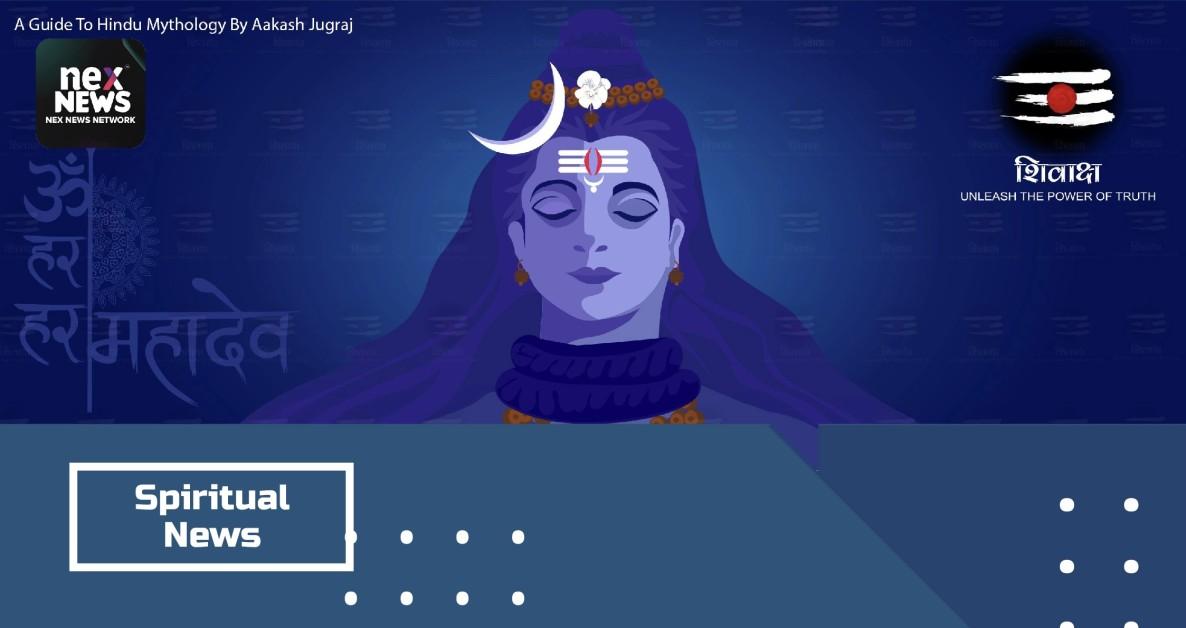In the realm of Hindu spirituality, Mahashivratri and Shivaratri stand as two pillars of devotion, each carrying its unique significance and rituals. While both festivals honor Lord Shiva and Goddess Parvati, they occur in different months and hold distinct spiritual importance. Delving deeper into these festivals unveils a rich tapestry of tradition, legend, and devotion that enriches the spiritual landscape of millions of devotees worldwide.
Shivaratri: A Monthly Celebration of Lord Shiva
Shivaratri, also known as "Masik Shivratri," is celebrated monthly on the 14th day of the lunar month, just before the shift in the moon's phase. While Lord Shiva and Goddess Parvati are revered throughout the year, Shivaratri holds a special place in the hearts of Shiva devotees. On this sacred day, fasting, prayers, and elaborate pujas adorn the spiritual landscape as devotees seek the blessings of Lord Shiva. It serves as a reminder of the eternal bond between the divine couple and reinforces the devotee's commitment to spiritual growth.
Mahashivratri: The Pinnacle of Spiritual Awakening
Mahashivratri, the grandest of the 12 Shivratris observed in a calendar year, occurs only once annually during February-March. Falling on the Chaturdashi of Krishna Paksha in the month of Falgun, Mahashivratri commemorates the divine union of Lord Shiva and Goddess Parvati. Legend has it that their celestial marriage took place on this auspicious day, elevating Mahashivratri to unparalleled spiritual heights. Devotees flock to temples with unwavering faith, seeking the blessings of Lord Bholenath with fervent devotion and joy. The rituals of Mahashivratri, including Rudrabhishek, symbolize the fulfillment of desires and the attainment of spiritual liberation.
Understanding the Distinction:
Despite their shared focus on Lord Shiva and Goddess Parvati, Mahashivratri and Shivaratri differ significantly in their timing, rituals, and spiritual significance. While Shivaratri is a monthly celebration, Mahashivratri stands as the pinnacle of devotion, observed once a year with unparalleled fervor. Mahashivratri's association with the divine marriage of Shiva and Parvati adds a layer of profound symbolism, making it a beacon of spiritual awakening for devotees.
Conclusion:
In the tapestry of Hindu spirituality, Mahashivratri and Shivaratri emerge as celestial jewels, each illuminating the path of devotion and spiritual growth. While Shivaratri serves as a monthly reminder of Lord Shiva's benevolence, Mahashivratri stands as a grand celebration of divine love and union. As devotees immerse themselves in the rituals and prayers of these sacred festivals, they traverse the realms of the divine, seeking blessings, enlightenment, and eternal bliss in the embrace of Lord Shiva and Goddess Parvati.






















POST A COMMENT (0)
All Comments (0)
Replies (0)